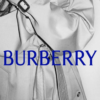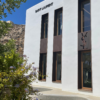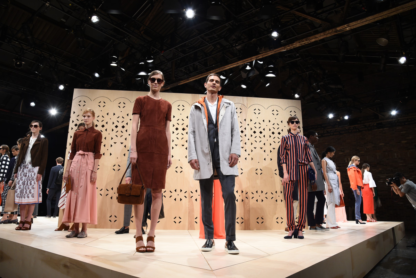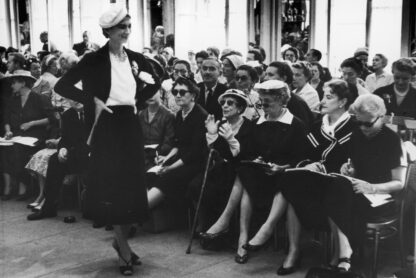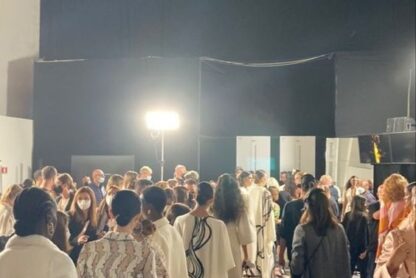Have you always dreamed of getting a glimpse into the secret world of fashion shows?
It takes a village to organize a fashion show. All we as viewers get to see is a catwalk that lasts 10-15 min on average, but outside this short lapse of time, it takes around 6 months to prepare the most awaited event of the year.
And as Fashion Week gets closer, it’s not only the enthusiasm that rises but also the tension. The organizational team has to take care of all the last details to guarantee the perfect show day/night.
As we are in the middle of the fashion week season, we wanted to invite you to go beyond watching your favorite runways and discover some interesting facts about their organization and what happens backstage.
7 Fascinating Insights about Fashion Shows you need to know if you want to work in fashion
1. Fashion Show Production companies
If you believe that the creative director of the brand decides on everything from the collection to the fashion show, well that’s not the case. I said it takes a village to put together a fashion show and it’s not just about the practical aspects. Indeed the major fashion brands hire production companies to organize their spectacular fashion shows. The creative director works indeed alongside the show producer on the concept and execution of the show. The role of the show producer is fundamental because a creative director alone cannot oversee many details and logistics things such as booking the venue, organizing model casting, and backstage coordination to ensure the smooth execution of the event.
2. Fashion Show Fittings
Fashion show fittings are sessions where models try on the clothing and accessories they will be wearing during a fashion show. These fittings are crucial for ensuring that the look fits well on each model. Fashion designers, stylists, and the production team use fittings to make any necessary adjustments to the outfits to achieve the desired look before the actual fashion show.
During a fashion show fitting, models work closely with designers and stylists to address various aspects of the clothing, including:
Fit: Checking that the clothing fits the model properly, taking into account their body shape and size.
Alterations: Making any necessary alterations to the garments to ensure a perfect fit. This may involve adjusting hems, taking in or letting out seams, or modifying other details.
Styling: Experimenting with different accessories, shoes, and hairstyle options to complete the overall look.
Walk-through: Practicing the model’s walk and ensuring that the clothing moves well on the runway.
Communication: Establishing clear communication between the model, designers, and stylists to ensure everyone is on the same page regarding the desired aesthetic and presentation.
Fittings take place before the day of the show, and depending on the brand, it can be days or weeks before.
This video will give you a clearer idea of what fittings look like.
3. The model board
During fittings, the organizers and designers/stylists then take photos of each look they will use to build the model board that is brought backstage on the day of the show.

If you’ll ever be backstage at a fashion show as a volunteer, model, or working there for the brand, you’ll always find the model board, usually placed in a central and easily visible location, allowing everyone involved in the show to access the necessary information quickly.
The model board serves as a reference point for models, designers, and the production team, providing essential information about the lineup (aka running order) and details for each model. The board is made up of photos of each look. It’s the same one used for fittings with the final running order that now the team has brought backstage.
4. Model look details
The models will find backstage a board with the photos of each look and their outfit hanging on the rack with the corresponding photo showing how it needs to be styled.
Fashion shows are very quick, lasting 10 minutes on average, and there are 20-40 looks usually, which means 1 model might need to change 2-3 looks. Therefore, each model will be assigned a backstage dresser who will help them as they come off the runway to get dressed into their next outfit.
Once dressed, all the models line up in a specific order and wait patiently until the runway starts. During this time, hairstylists and makeup artists can do a quick retouch on their makeup and hair, and the creative director can change some details in the outfit, like unbuttoning the garment, pulling the sleeves in a certain way, changing the handbag, and so on. Everything is perfected until the very last second!

5. Why do fashion shows start late?
Did you know that fashion shows rarely start on time? They usually start at least 20 minutes late, and sometimes it can get up to 40 minutes! Here is why.
One reason is that a designer is waiting for a particularly important celebrity, editor, or buyer to arrive. If Anna Wintour hasn’t arrived yet – the show won’t start!
Another reason is that many times brands have to wait for the models to show up. They have to be on a lot of catwalks during the day – especially if they are renowned models like the sisters Bella and Gigi Hadid, for example, who are solicited by so many brands. Since fashion shows are located at different spots in the city, models usually find themselves on a tight schedule; they have to run from one show to another and may get stuck in traffic for that.
When the models finally arrive, they have to get dressed, which can be more or less quick to do depending on the complexity of the look. They also have to change their hairstyle and makeup between two shows, which again can take time depending on if stylists planned a dramatic or extravagant look or a natural one.
Sometimes, delays happen due to last-minute changes and fixes. Yes, it’s still possible even though designers and their teams have been preparing for the event for months! Most designers are making revisions up to the very last moment, so it’s likely a garment will finish being sewn at the last minute before sending the model down the runway because the look has to be perfect.
Finally, something can go wrong with the video, audio, or lighting without which the show cannot happen.
Therefore, fashion show delays make it hard for fashion professionals and celebrities to attend all the shows they were invited to, so they will choose the few most important ones they can’t miss.
6. The Re-see
After a fashion show, buyers, merchandisers, and editors can have the opportunity to get a second look at the collection aka the re-see, so they can see it again with more time, perspective, and detail. The re-see can take place at a showroom or at the same location where the fashion show was hosted.
Buyers and merchandisers may want to book a re-see to decide which collections and pieces they will stock in stores.
Editors may also want to attend a re-see to select the looks or some pieces of it that they will use for the magazines’ editorials. In addition, some editors who are in charge of writing runway reviews will get straight to that once the show ends, so that the audience can discover the collection ASAP.
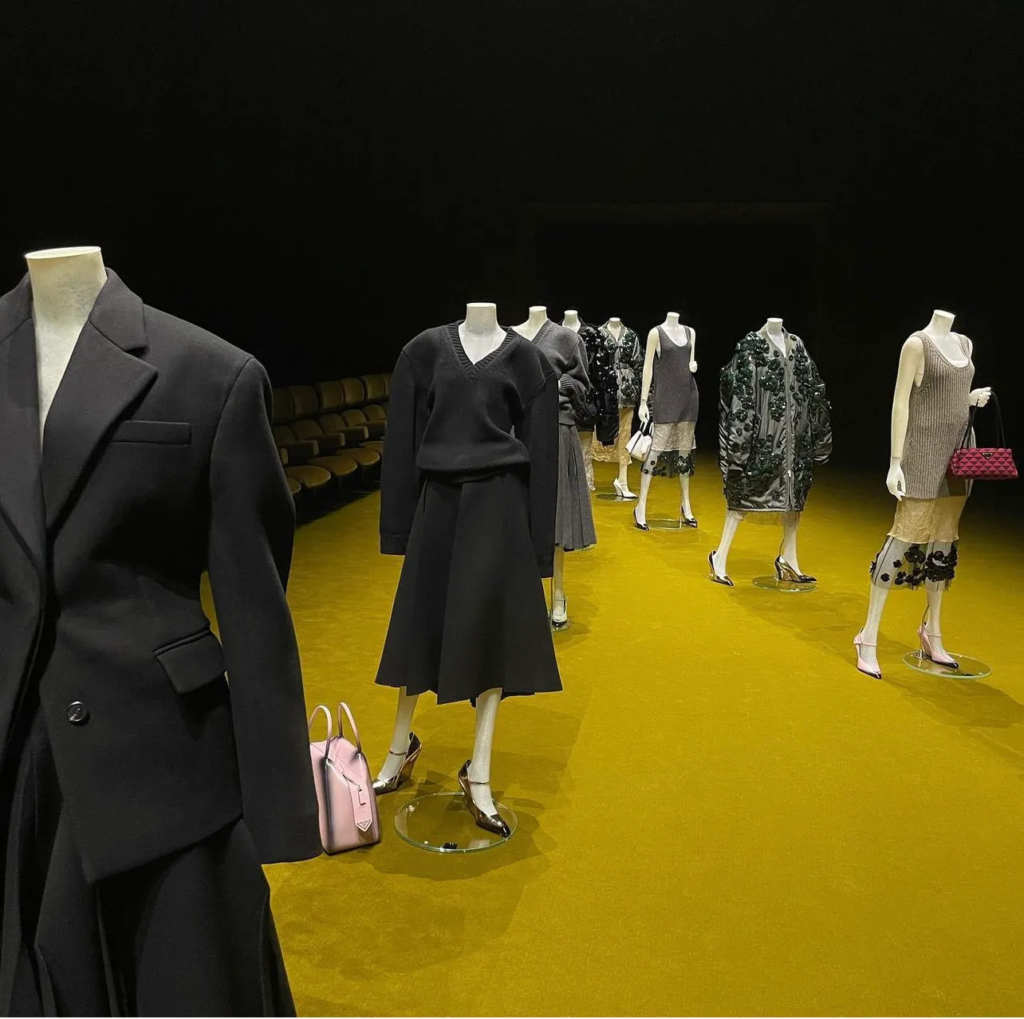
7. Press Clippings
Fashion shows serve as powerful marketing tools for designers and brands. They generate buzz around new collections, attract media attention, and create a narrative that extends beyond the runway, influencing consumer perceptions and purchasing decisions. Therefore the moment the fashion show concludes, the PR team is on a mission to gather and collate media coverage. This involves scouring newspapers, fashion magazines, online publications, and social media platforms for reviews, interviews, and any mention related to the event.
These collections of articles, reviews, and features about the fashion shows are technically named PR clippings. PR teams meticulously curate these clippings, creating a comprehensive dossier that serves as a tangible record of the event’s media presence.
Those are 7 things that happen before, during, and after a fashion show.
The fashion show represents the end of (6) months of work. That’s why once all the wrapping-up activities are done, it’s time for the designer to create a new collection, and for the brand’s team to prepare for the next season’s fashion show, which according to the time of year can be the Resort, Men’s or Fall or Spring collections. Yes, the fashion industry never stops.
If you want to experience the thrill of fashion week and fittings, you can volunteer to help backstage as a dresser. You can read about how to volunteer at a fashion show here.

